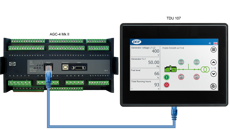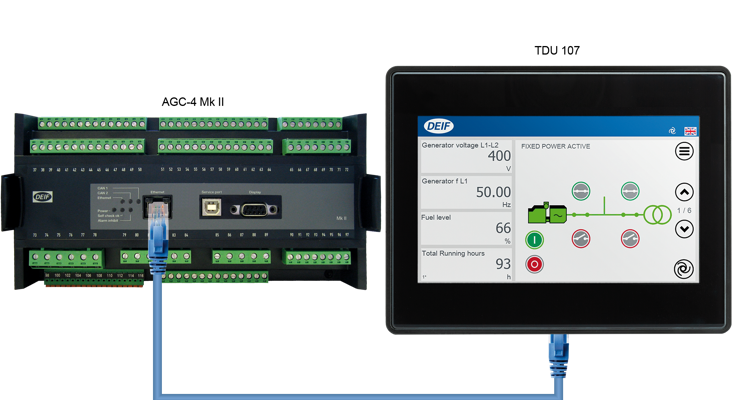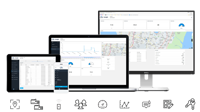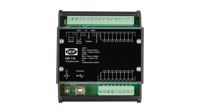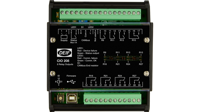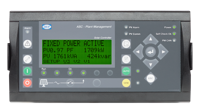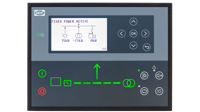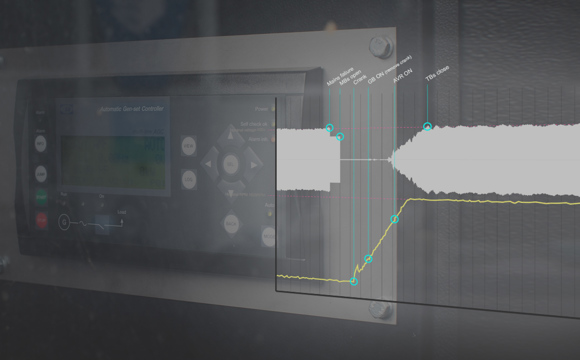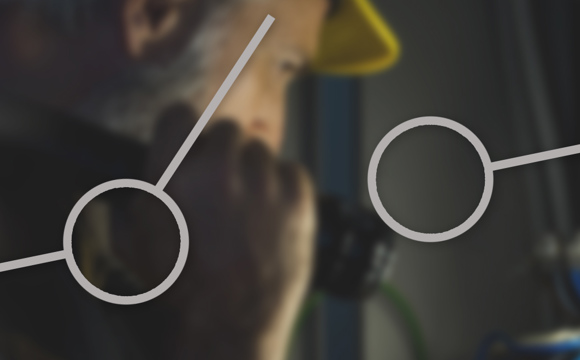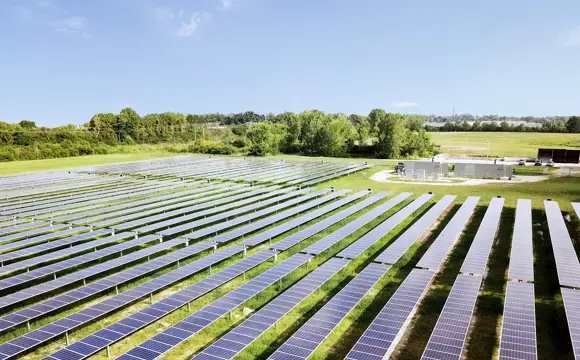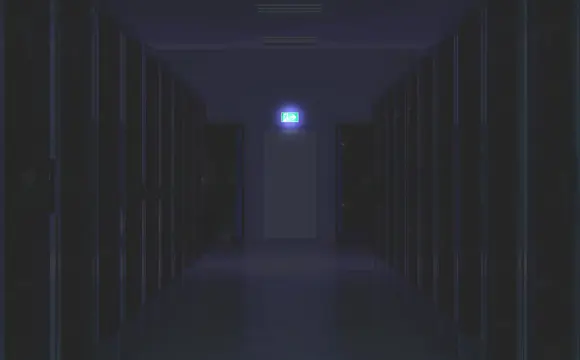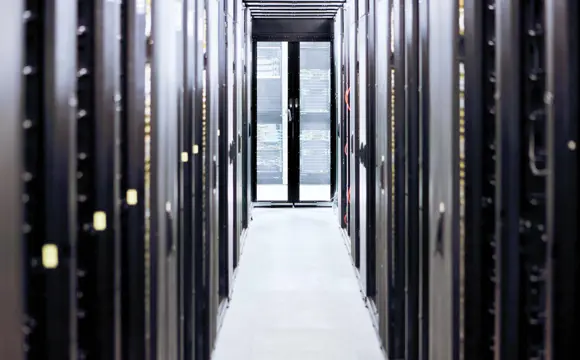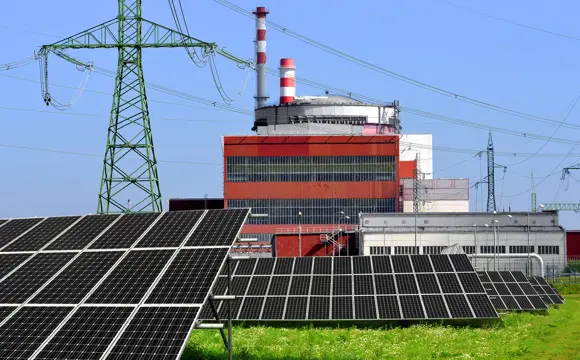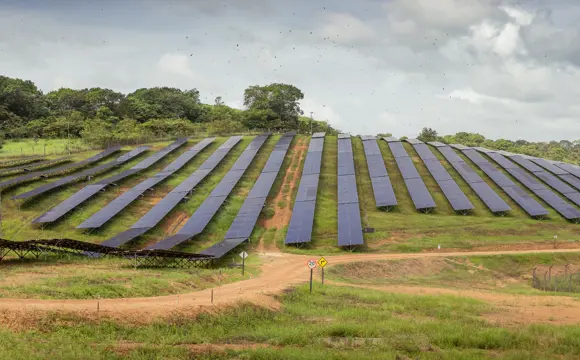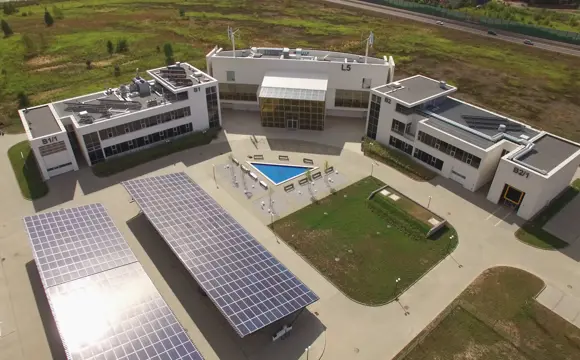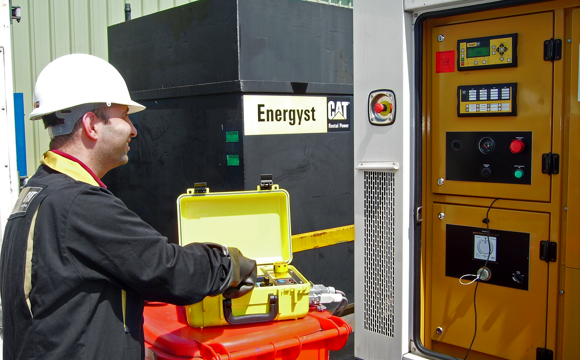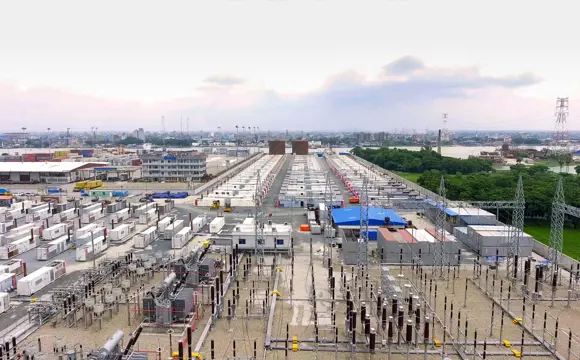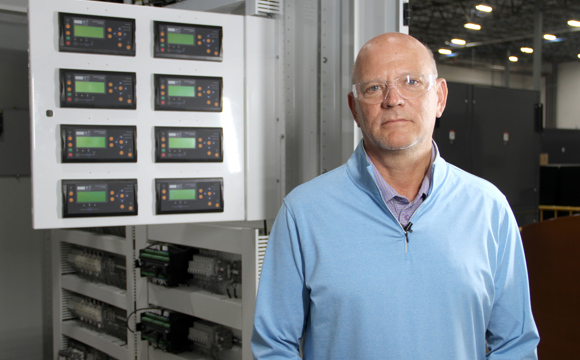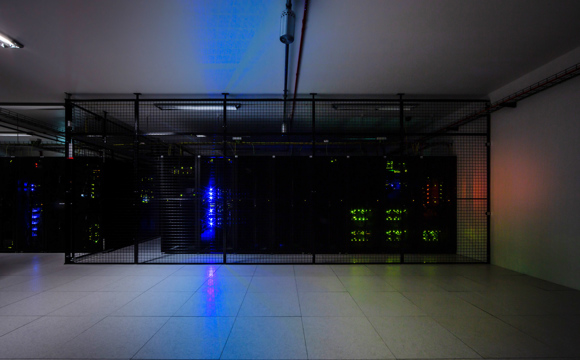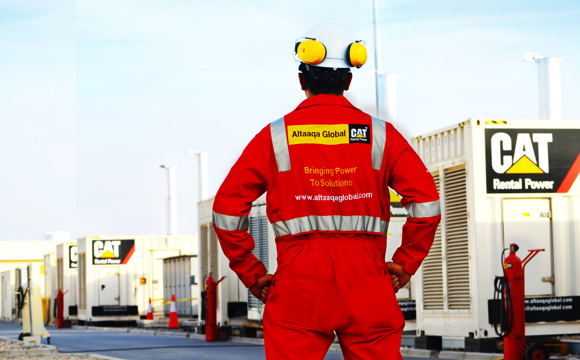Automatic Genset Controller AGC-4 Mk II
The automatic genset controller AGC-4 Mk II can be used as a single genset controller. Also, several AGCs can be connected in a complete power management system for synchronising projects, islanded or paralleled to the mains.
The generator controller is ideal for mission-critical applications such as hospitals and data centres, and it is capable of delivering backup power in only six seconds.
Power management with up to 992 gensets
Implementing an AGC-4 Mk II controller provides you with various options. With Core Power Management you can run up to 32 gensets and if more than 32 gensets are needed the Extended Power Management enables you to group the generators and reach up to 32 mains or 32 groups and 992 gensets.
Extensive engine control with Tier 4/Stage V compliance
The AGC-4 Mk II supports many commonly used engine protocols, and we add more with every software update. The controller meets Tier 4 Final/Stage V emission requirements. For a complete list of currently supported protocols, see the data sheets on the Documentation tab.

Supporting grid codes globally
The controller complies with almost all grid code regulations in use all over the world, including (but not limited to) IEEE 1547, VDE 4110/4105, EN50549-1/2, and ENA G99. Both protections and grid support functions are included, giving you a “single controller fits all” solution.
Hybrid applications
AGC-4 Mk II is plug’n’play compatible with DEIF’s ASC-4 hybrid controller for easy integration of diesel genset applications into various hybrid installations. The market-leading solution maximises sustainable power penetration while always securing a sufficient amount of spinning reserve if the photovoltaic (PV) production drops.
Intuitive external touchscreen
You can select several different display and control options for the AGC-4 Mk II, from an LCD display and push buttons to a range of touch screens that give you greatly improved overview and control options. For more information about our touch screens, visit the TDU series page.

Remote communication and control
The automatic genset controller AGC-4 Mk II supports serial communication protocols, including Modbus (RS-485, USB, and TCP/IP) and Profibus. This feature allows you to supervise and control your genset/plant from a remote location.
Backup power in six seconds and ideal for mission-critical applications
With its integrated close before excitation (run-up synchronisation) feature, the AGC-4 Mk II ensures backup power in just six seconds. Combined with the option of having hot standby controllers/dual redundancy on all positions, the AGC-4 MK II is ideal for all types of mission-critical power applications, e.g. data centres, hospitals, airports, and fish farms.
N+X redundancy
Introducing the N+X feature, the AGC-4 Mk II now provides even higher security to critical power applications. You decide how many extra gensets should be running in a given load situation. This also benefits the environment as you don’t have to run all gensets – you can define how many extra gensets should be running even though the loads are dynamic.
Unique rental genset applications
The controller has been designed with ease of operation in view. The automatic genset controller AGC-4 Mk II features up to four parameter settings that are switchable with just a tap on the touchscreen. You can easily set and lock parameters to ensure full protection of your rental equipment. AGC-4 Mk II comprises the unique feature EasyConnect meaning that the controller automatically detects and align all gensets.
AGC-4 Mk II makes transformer maintenance easier and more flexible with the Remote Maintenance Box and multiple gensets without jeopardising the power supply. When performing transformer maintenance, the AGC-4 Mk II enables you to run up 32 gensets of different type and sizes parallel via Power Management, allowing you to use smaller gensets. For example, a Tier4/Stage V genset can handle larger transformers as up to 32 gensets can be applied.
System testing in a safe environment
DEIF’s emulation solution is a standard in the automatic genset controller AGC-4 Mk II that enables you to interact with the controller in a controlled and safe environment without risking to damage any equipment. All you need to do to perform a complete test of your power management system is to turn on your controller and connect communications.
-

Contact us to discuss your options
- 90 years of energy pioneering
- Manufactured at the highest standards
- Superior quality
- Unmatched service and support
- Made in Denmark
Product videos
Products
AGC-4 and TDU 107
N+X feature
Remote Maintenance Box (RMB)
Tutorials
How to connect multiple gensets with EasyConnect
How to translate texts on TDU 107
How to use USB cable to AGC-4
How to configure IP address on AGC-4
How to use Ethernet cable to AGC-4
How to connect AGC-4 to TDU 107
How to configure a multi-input on AGC-4 Mk II
How to configure a CIO on AGC-4
How to create M-Logic on AGC-4
Cases
APR Energy builds new power plant with DEIF generator controllers
Off-grid island achieves security of supply with DEIF power management
Critical power system for leading data centre
New backup power system provides large salmon producer power in seconds
New emergency power system at Norwegian hospital
School’s hybrid microgrid showcases ease of resource management

